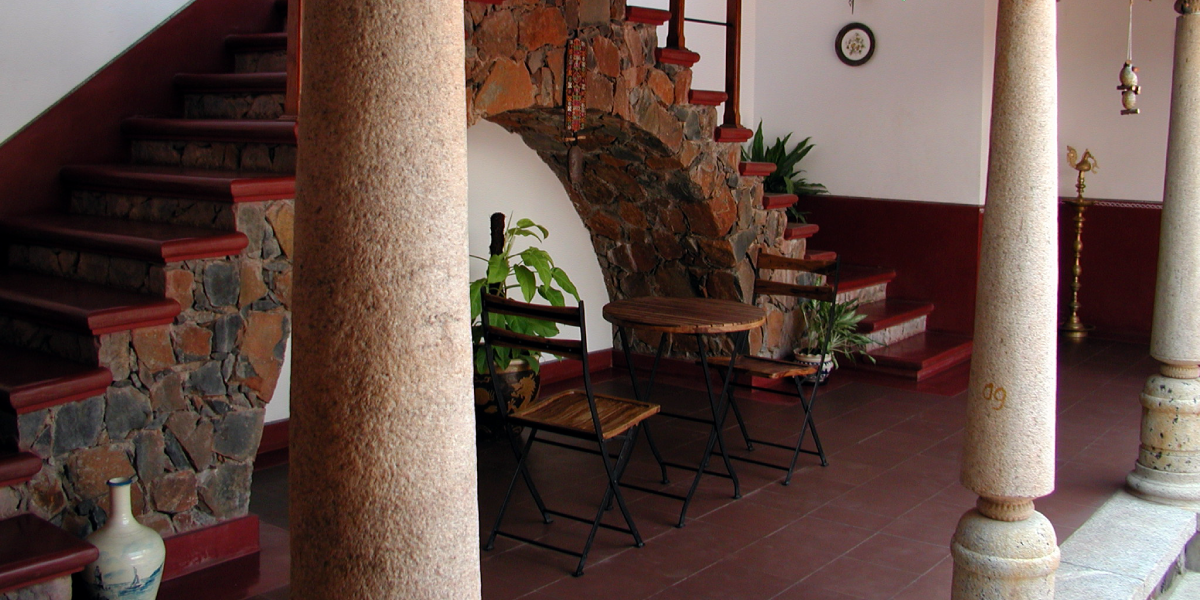So you’ve finally found your dream home, but you have insufficient funds. A home loan seems to be the most viable option, so you try to figure out how it works. As visiting banks individually to clear your doubts can be quite time-consuming, you instead try to find the necessary information online like any tech-savvy person would do.
Well, your search ends here. Below, we’ll be taking a look into what the home loan process actually involves. Your loan processing usually takes place in the following four steps:
- Filing the application form
- Investigation and loan sanction
- Home loan sanction letter
- Disbursement
Filing The Application Form
This is the first step of the home loan sanctioning and disbursement process in India. In order to apply for a home loan, you fill a form that asks for your professional and personal information, details of your property, value of your assets, liability details and so on. You also need to mention the estimated cost of your property if it’s still under construction.
The application is followed by documentation, where you’re expected to present your identity, address, income and age proofs. Other documents that you may need to submit include your educational qualifications, employment details, legal property documents and bank statements, if any.
Remember, you’ll need to pay a processing fee that ranges from 0.25% to 0.50% of the loan amount you’ve have applied for. The rate is different for each bank and negotiable as well. The bank charges you this fee to maintain post-dated cheque services and for sending Income Tax certificates every year.
Investigation And Loan Sanction
After the bank analyses your application, it begins the evaluation process, after which your loan application will either be approved or rejected. Your credentials are verified by the banks during this time, and an investigation is conducted into your personal and professional life. The bank gauges your repayment capacity based on your income, age, qualification, experience, employer and so on.
Your maximum loan amount that you can borrow will be calculated based on your records, but you can only choose a figure that’s below the limit. The thumb rule for deciding the loan amount is that the candidate should be financially capable enough to pay back at least 50% of his or her monthly income as part of EMI payments.
Home Loan Letter
Once you clear the loan sanctioning process, you’ll be given a loan sanction letter from the bank. Make sure that you read the letter very carefully. Try to understand every word and clear your doubts immediately if you have any.
An official sanction letter comes in two types:
- Unconditional Letter: This letter is pretty straightforward and tells you that you’ve been approved for the loan. It may also explain the next step that you need to take in order to receive the disbursement. Your rate of interest, loan amount, tenure of loan, nature of rate of interest and other important detail are also be mentioned in the letter.
- Conditional Letter: This letter contains the terms and conditions that you’ll need to fulfil in order to be approved for the loan. Like an unconditional letter, even this document specifies important details about the rate of interest and the nature of the loan. In most cases, the rate of interest is variable and can change after a certain time period. A conditional letter may also mention special schemes that were running at the time of application. The mode of repayment is listed in the letter as well.
Disbursement Process
Disbursement is the final stage of the loan process. As the loan amount that’s sanctioned is usually 85-90% of the total cost of the property, the amount to be disbursed depends on the home you’re buying. The home loan disbursement process also depends on your repayment capacity and your down payment. This process can be of three types:
- Full Disbursement: In some banks, if you pay 10-15% of the total loan amount as down payment, you get a cheque with the full figure. But it’s only in the case of fully-constructed houses that are ready for sale.
- Partial Disbursement: If the property you’re buying is still under construction, then you don’t get the entire amount right away. The money is disbursed according to each stage of your property’s construction work. For instance, you receive 20% when the foundations are being laid, another instalment when you start constructing the first floor and so on.
- Advance Disbursement: Sometimes, the bank also doles out full disbursements to those whose properties are still under construction. But this is only in the case of exceptional people who have already earned the bank’s trust. In order to acquire this type of loan, you need to pay a specific amount as down payment, which can vary from bank to bank.
Understanding home loan sanctioning and disbursement is crucial to acquiring a loan from a trustworthy bank. With the right knowledge, your dream home can potentially be just a form away.
If you want to avoid filling up forms at the bank, you could log onto Bajaj Finserv’s website and complete the entire process online, right from the comfort of your home.
Bajaj Finance Limited, the lending and investment arm of Bajaj Finserv group, is one of the most diversified NBFCs in the Indian market catering to more than 6 million customers across the country. Headquartered in Pune, the company’s product offering includes Consumer Durable Loans, Lifestyle Finance, Personal Loans, Loan against Property, Small Business Loans, Home loans, Credit Cards, Two-wheeler and Three-wheeler Loans, Construction Equipment Loans, Loan against Securities and Rural Finance which includes Gold Loans and Vehicle refinancing Loans. Bajaj Finance Limited prides itself for holding the highest credit rating of FAAA/Stable for any NBFC in the country today.
















